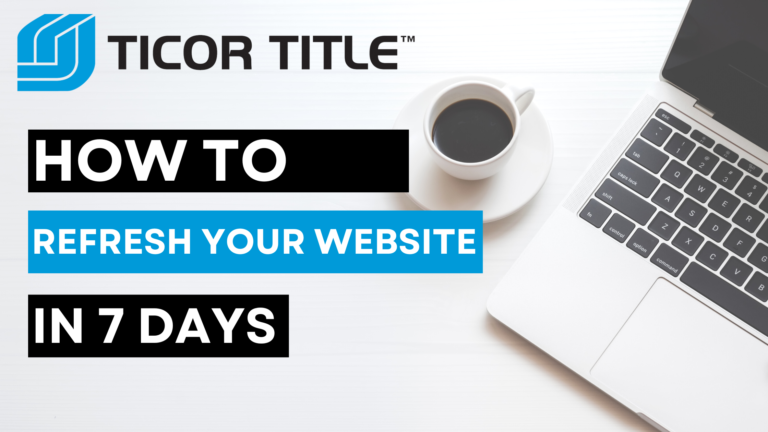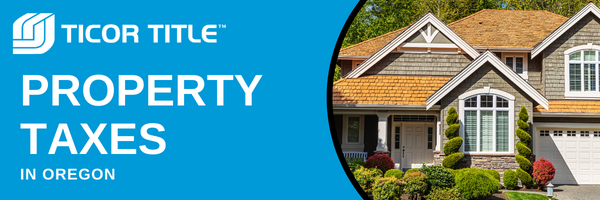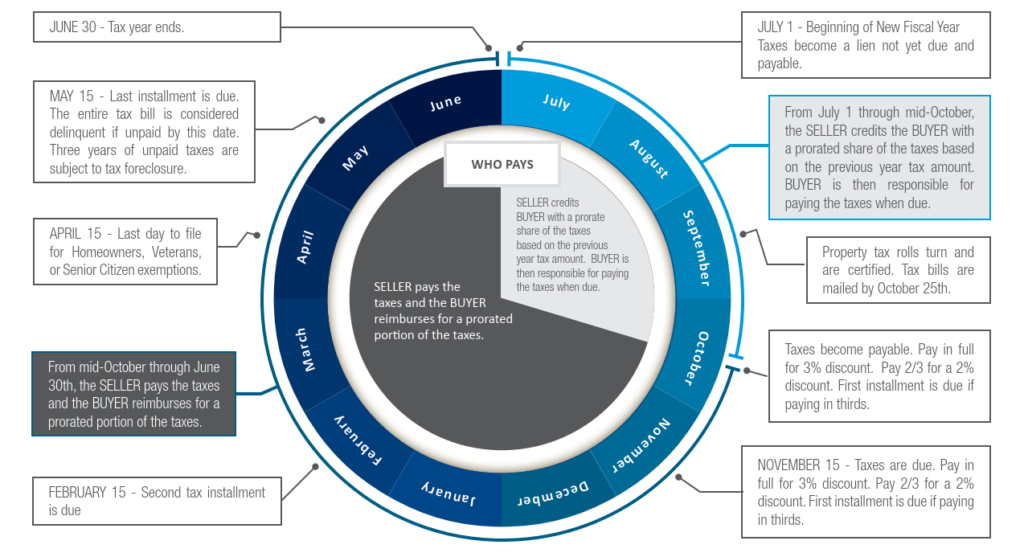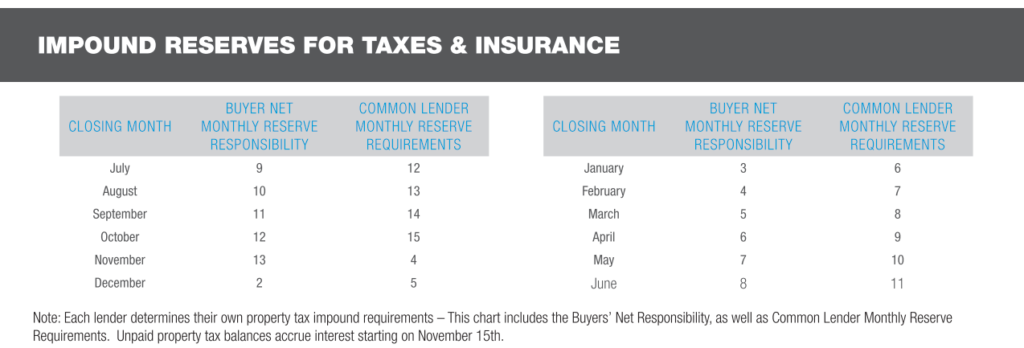
Are you looking to refresh your real estate website in just 7 days? Follow this checklist to ensure that your website is up-to-date, easy to navigate, and optimized for search engines.
Day 1: Verify Your URL and IDX Search Function
The first thing you need to check is if your website has a unique, personalized URL. This will make it easier for people to find your website and remember it. You can purchase a domain name from popular domain registrars like GoDaddy or Namecheap.
Next, make sure that your website features an IDX search function for listings. This will allow your visitors to search for homes in their desired location, view photos and property details, and contact you for more information. IDX plugins like IDX Broker or Showcase IDX can easily integrate with your website.
Day 2: Create the Essential Pages
Your website should have a few essential pages that provide valuable information to your visitors. Make sure you have an About Me page, where you can introduce yourself and your team. You should also have separate pages for Buyer and Seller information, as well as content related to any specialty niches you serve, like luxury homes, commercial real estate, or property management. Include testimonials from your satisfied clients to build trust and credibility.
Finally, add a page with local area information to showcase your expertise in the area. This can include information about schools, parks, restaurants, and other attractions that would be useful for potential buyers.
Day 3: Optimize Your Website for SEO
Search engine optimization (SEO) is crucial to ensure that your website ranks well in search engine results pages (SERPs). Use hyperlocal keywords in your website’s content to increase your visibility in local search results. Add your business address and phone number to your website’s footer and use structured data markup to help search engines understand your website’s content.
Day 4: Ensure Brand Consistency Across Platforms
Your brand should be consistent across all platforms, including your website, social media, Realtor.com, Zillow, Redfin, and any other platforms you use. Make sure your bio, headshot, and logo match across all platforms to create a cohesive and recognizable brand.
Day 5: Check Links and Navigation
Make sure all your links go to the right destination, including your social media links. Check your website’s navigation and ensure that it’s easy to use and intuitive. You should also check the loading speed of your website and make any necessary improvements.
Day 6: Proofread Your Website
Before launching your refreshed website, make sure to have someone proofread it for errors in grammar, spelling, or punctuation. Typos and grammatical errors can make your website look unprofessional and damage your credibility.
Day 7: Plan an Ongoing Content Strategy
Finally, consider implementing an ongoing content strategy, like blogging, podcasting, hosting regular videos, or other types of content that will keep your website fresh and up-to-date. This will help you attract and retain visitors and establish your brand as a thought leader in the industry.
Refreshing your real estate website in just seven days is possible if you follow this checklist. Start with the basics and work your way up to more advanced tasks, like SEO and ongoing content creation. With a little bit of effort and attention to detail, your website can become a valuable asset for your real estate business.




